Scientists propose tracking towers and drones to find out why king salmon populations in Alaska continue to decline
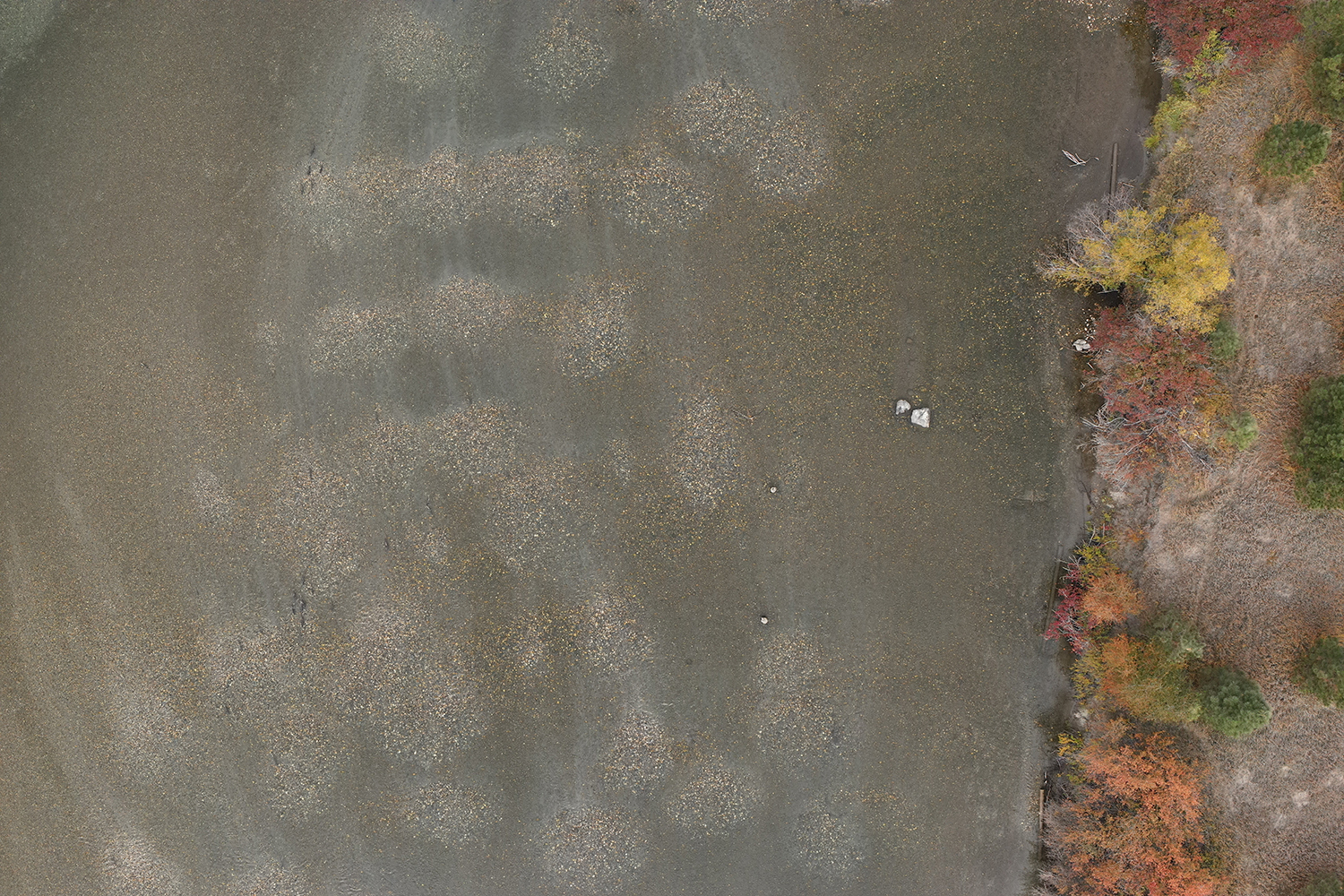
In 2022, Yukon River chinook salmon crossing from Alaska to their spawning grounds in Canada continued to show steep declines, hitting their smallest recorded numbers to date. Where annual crossings of 42,500 Chinook salmon were identified by 2002’s Yukon River Salmon Agreement as essential to maintaining robust populations, this past year only 11,000 fish made the crossing.
Not only are Yukon Chinook salmon (king salmon, Oncorhynchus tshawytsha) population sizes decreasing, they are impacted by fishing, warming Bering Sea temperatures causing declines of prey and prey quality, and increased incidences of ichthyophoniasus infections.
But as a recent article by the Food and Environment Reporting Network and bioGraphic points out, the fish are also “growing more slowly at sea and, in many cases, returning to spawn younger and smaller than ever before. In some places, the biggest, oldest salmon have completely disappeared.”
Researchers are seeking to better understand where along their almost 2,000-mile migratory route things are going wrong for this beleaguered species of Pacific salmon. The Alaska Department of Fish and Game hopes to radio tag some 500 Chinook salmon (including some of the Yukon population, if Yukon First Nations agree to it) in spring of 2023. To follow the fish, tracking towers would be set up along the Yukon River to the U.S.-Canada border.
“The strategic approach here is to track the upriver success of those Canadian-origin fish to determine whether they are making it to the border, and, if they’re not, where they are having problems,” one of the department’s researchers told the CBC.
Daniel Auerbach, an environmental scientist at Washington State University, told the Advocate he wouldn’t be surprised if drones weren’t soon equipped with radio tag receivers to boost these sorts of efforts. “While drones do have limitations… in conjunction with other efforts [they] may be quite useful,” he said.
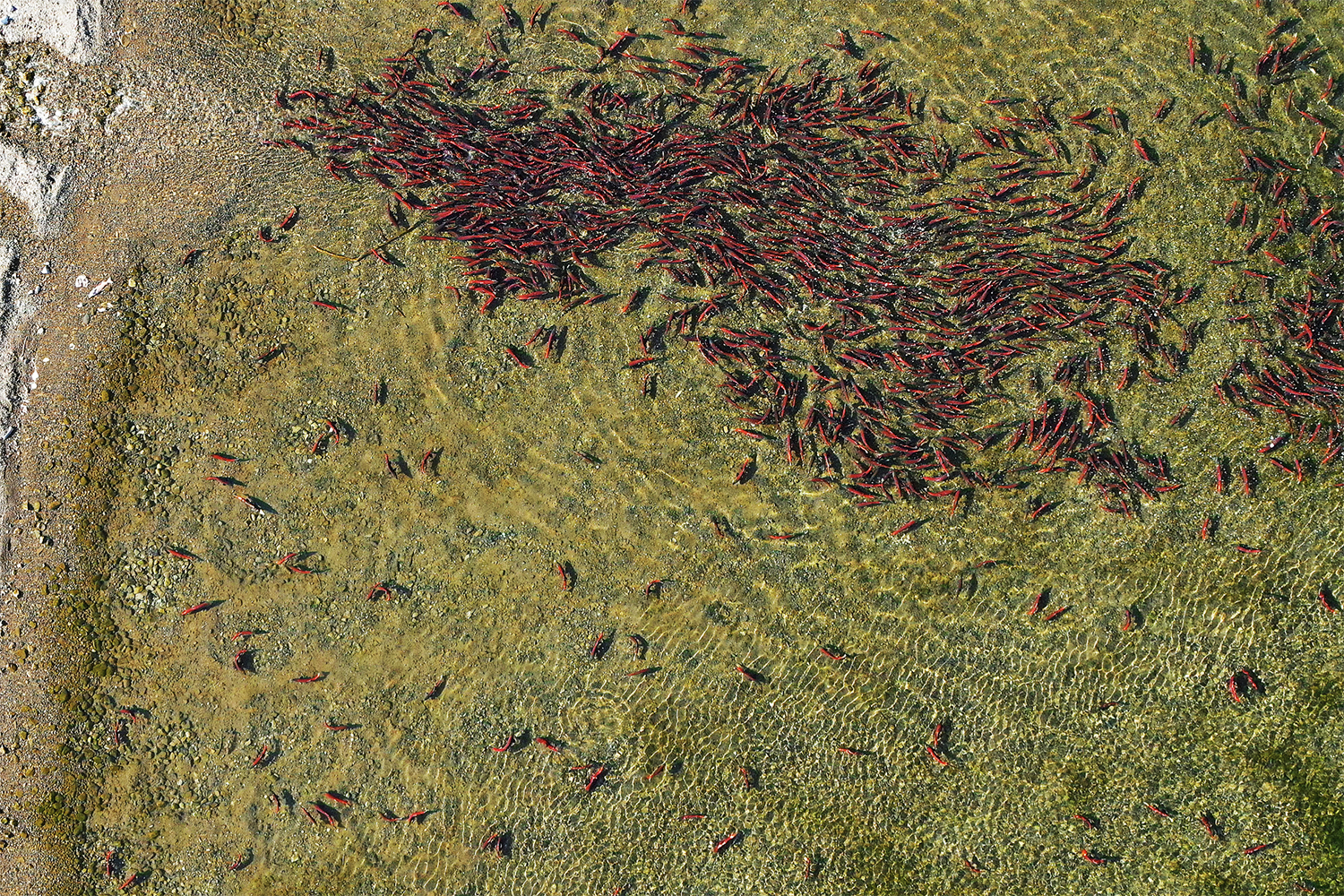
Another study in the region has been tracking ichthyophoniasus to suss out its role in salmon deaths. But confirmation of the disease requires killing fish – of which 40 percent were found to be infected last year. That’s caused tension with Indigenous communities that have voluntarily stopped harvesting salmon to boost numbers.
Could drones shed some light on the plight of Yukon Chinook salmon? Auerbach’s own research, conducted on Washington’s Wenatchee River in 2020, showed promise in counting salmon nests (or redds) that female fish scoop out in streambeds. A drone flown at 150 feet was successful in finding about twice the number of redds than observations made when walking or boating downriver.
Startup awarded $1 million to create a ‘digital twin’ of the North Pacific Ocean
This sort of technology has its challenges since it can’t count eggs lain, and it can be difficult to tell the difference between a redd and any old rocky hollow. On the plus side, drones may well be the least invasive way to count redds and the images they yield can help track habitat changes over time – baseline data that will come in handy when and if scientists are successful in stabilizing salmon populations.
“It is important that we infer back to these datasets to understand how populations stabilized after certain events and use them to guide our actions now and into the future,” Auerbach said. He’s looking to expand his redd research into other areas, including salmon habitat modeling, individual counts and machine learning for redds.
“My current research has been somewhat isolated to two ideal systems,” he said, noting that he’s also used drones to count sockeye in Alaska. “We need to start applying it across entire rivers in different locations.”
Follow the Advocate on Twitter @GSA_Advocate
Now that you've reached the end of the article ...
… please consider supporting GSA’s mission to advance responsible seafood practices through education, advocacy and third-party assurances. The Advocate aims to document the evolution of responsible seafood practices and share the expansive knowledge of our vast network of contributors.
By becoming a Global Seafood Alliance member, you’re ensuring that all of the pre-competitive work we do through member benefits, resources and events can continue. Individual membership costs just $50 a year.
Not a GSA member? Join us.
Author
-

Lela Nargi
Lela Nargi is a Brooklyn, N.Y.-based veteran freelance journalist covering the food system, social justice issues, science/environment, and the places where those topics intersect for The Guardian, Civil Eats, City Monitor, JSTOR Daily, Sierra, Hakai, and Ensia, among other outlets; she’s currently contributing writer for The Counter. You can find her at lelanargi.com and on Twitter @LelaNargi.
Tagged With
Related Posts
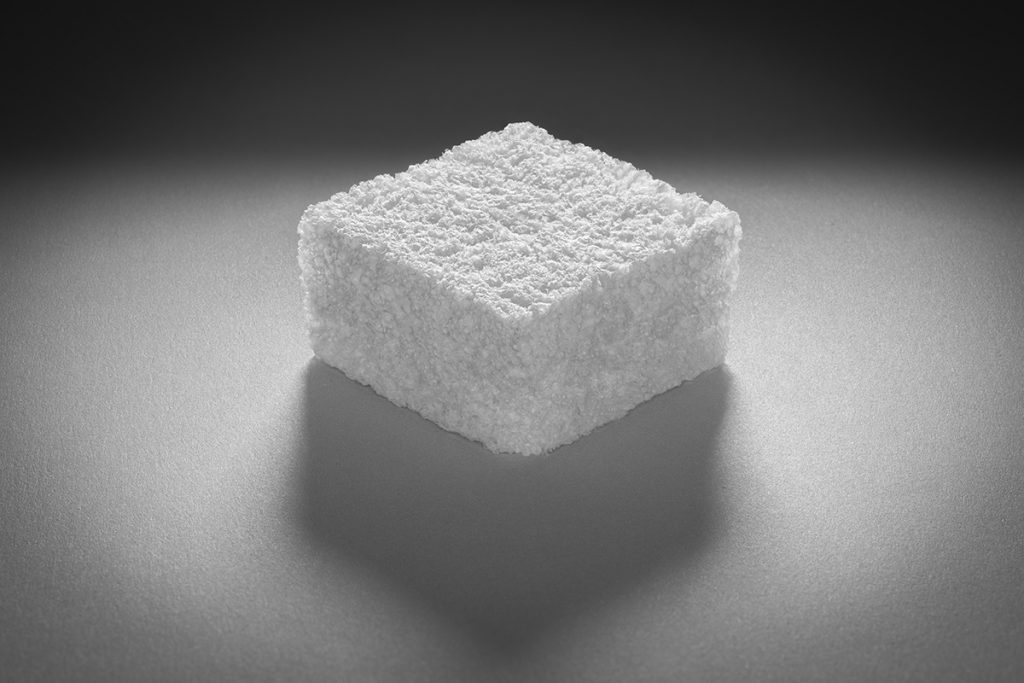
Fisheries
‘Regulation is pushing toward greenifying materials’: How one innovator is upcycling seafood waste into biodegradable packaging foam
GOAL 22: Cruz Foam’s biodegradable packaging foam made with shrimp shells is a finalist for GSA’s inaugural Global Fisheries Innovation Award.
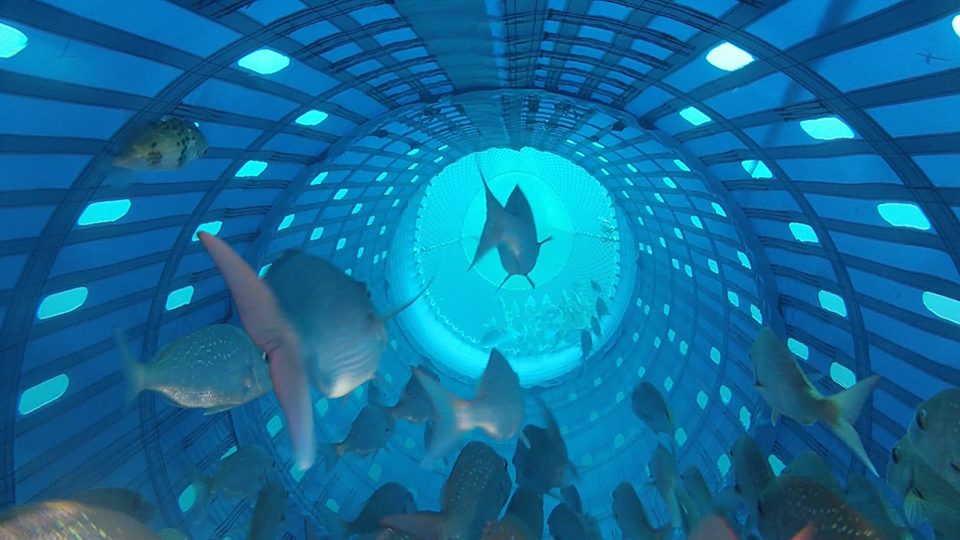
Fisheries
‘We were just looking for a way to fish better’: How one partnership is reinventing commercial fishing nets to reduce bycatch and improve animal welfare
Precision Seafood Harvesting’s novel reimagining of commercial fishing nets provides innovative solutions to both bycatch and animal welfare issues.
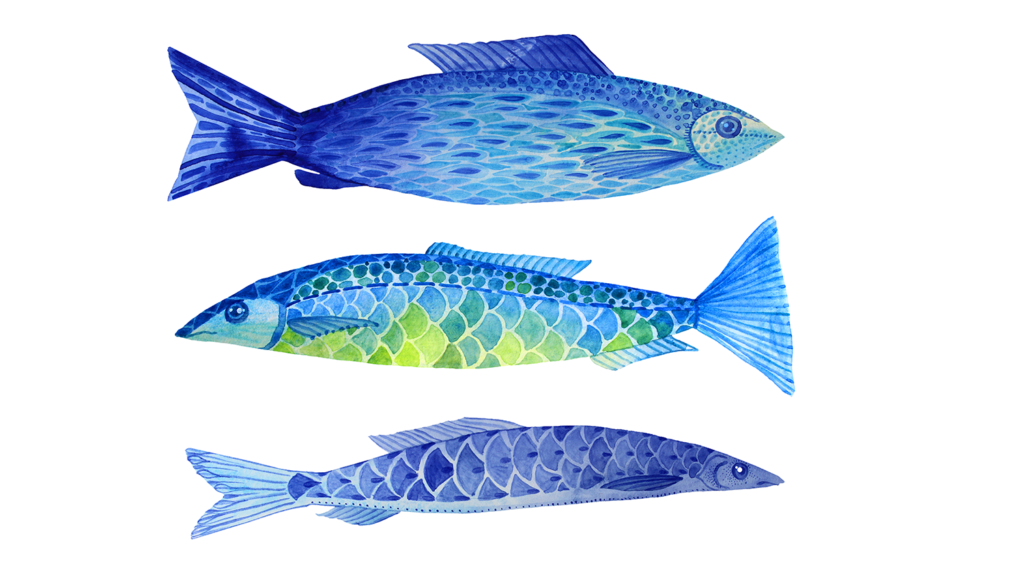
Responsibility
A wider view: It’s blue food’s time
There is urgency to conversations about the role of blue food in mitigating climate change, increasing momentum toward some specific goals.
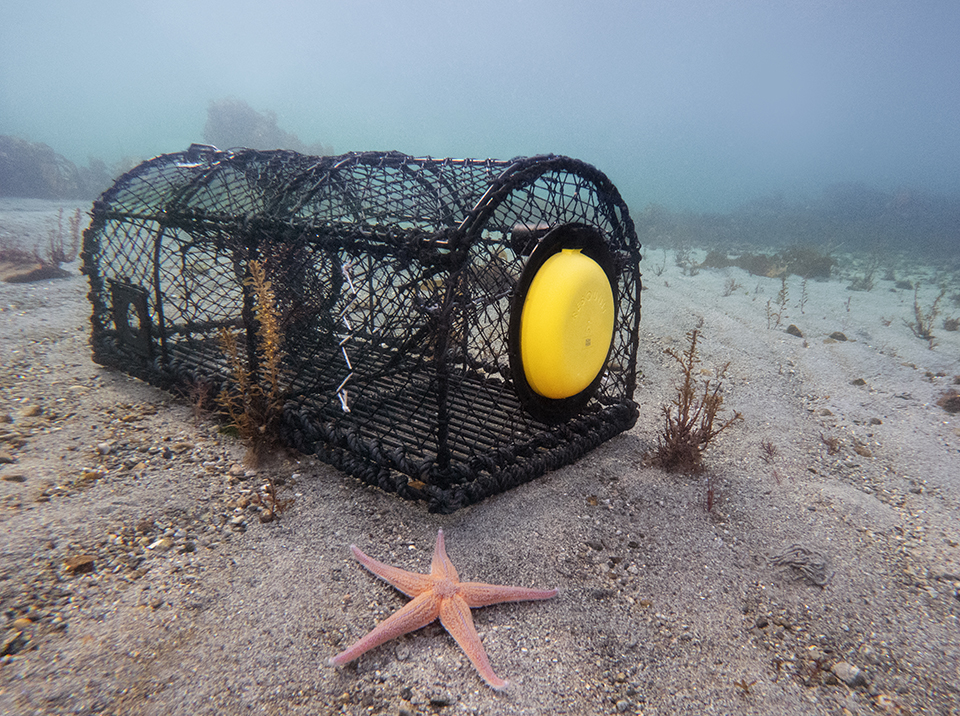
Fisheries
From reporting apps to floating traps: How technology tackles ghost fishing
The global ghost fishing problem has negative environmental and economic impacts, but new technology could help locate and retrieve lost fishing gear.


